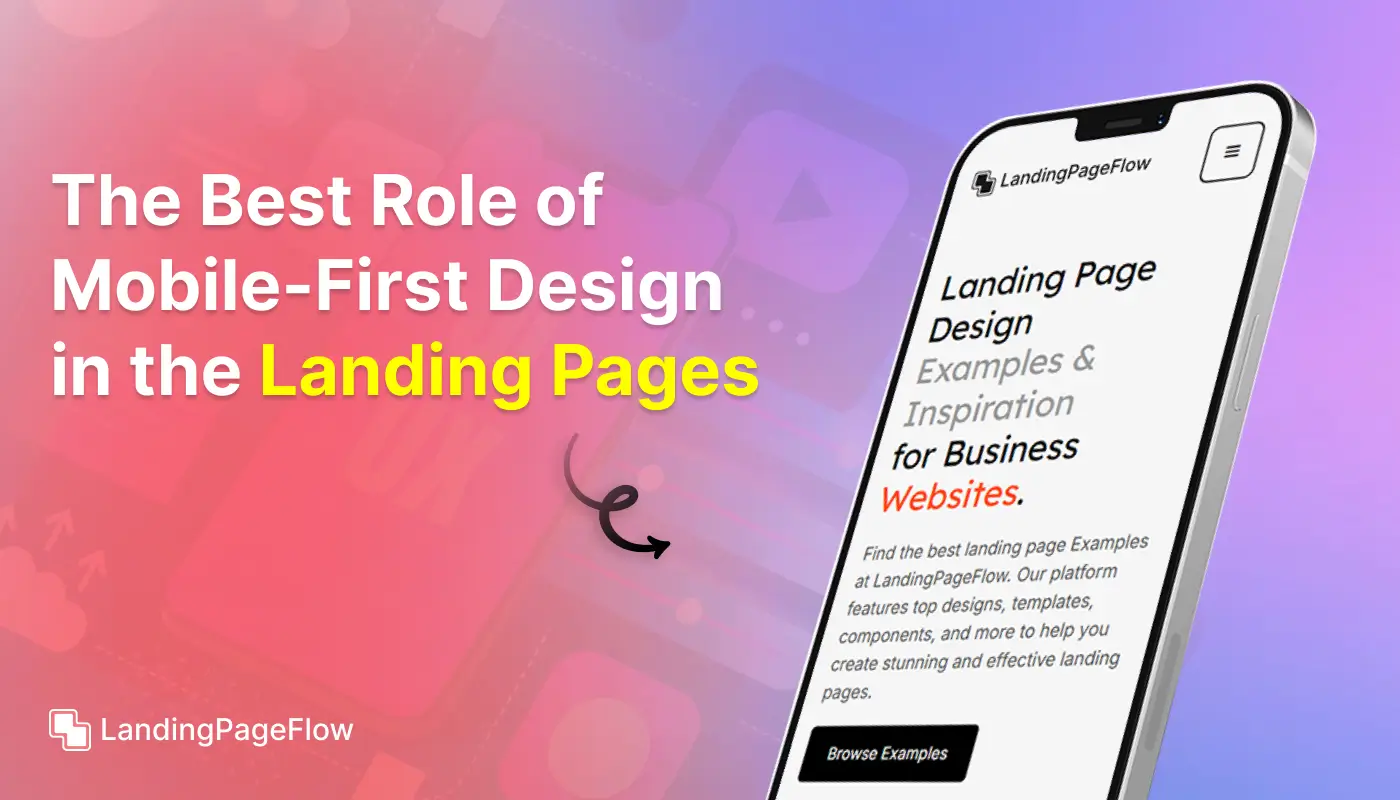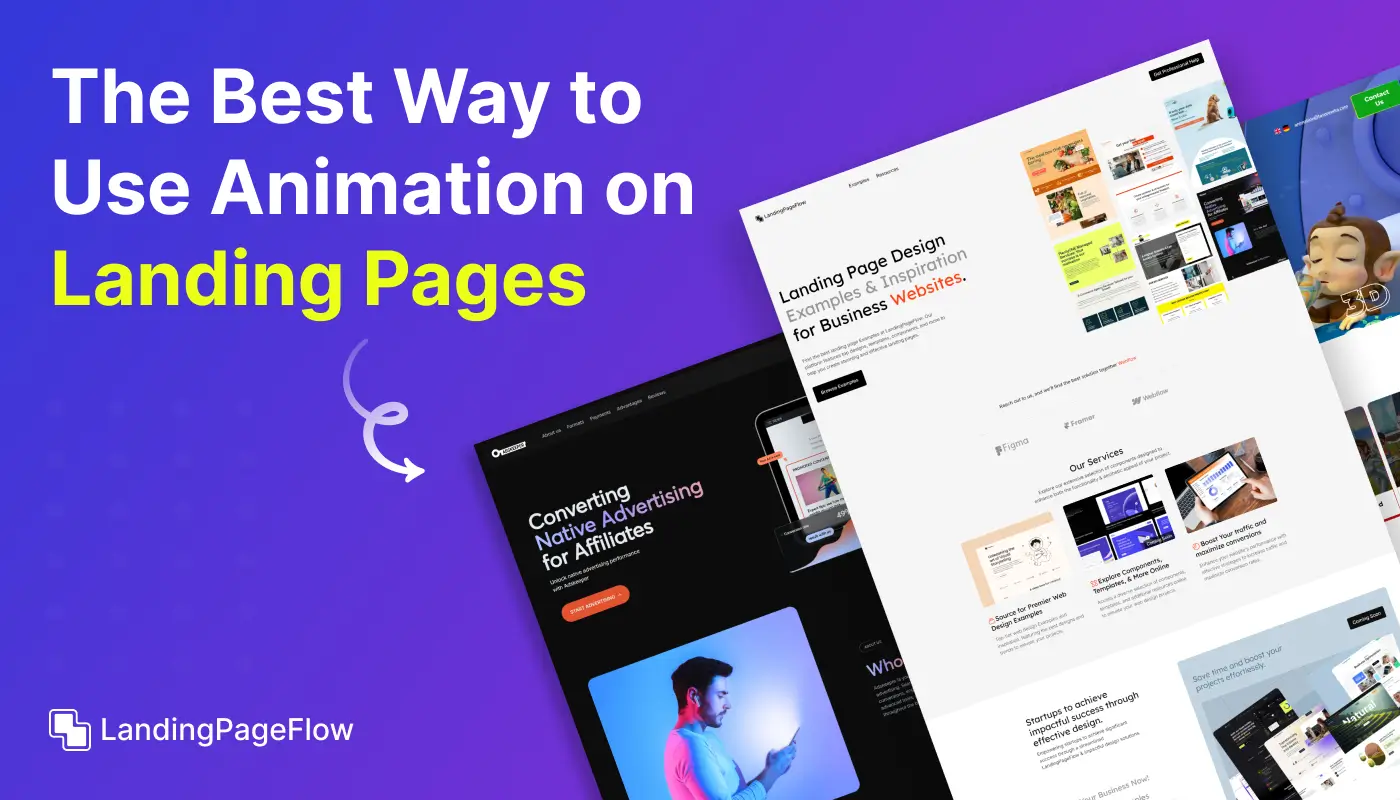Crafting the Perfect One-Page Landing Page | A Step-by-Step Guide

November 18, 2025
A one-page landing page can transform how visitors experience your brand online. It condenses your value into a single, seamless journey that keeps attention focused. Every element, from headline to call-to-action, must work together to guide the user toward a single goal.
Clear structure and purposeful design choices help visitors move effortlessly through your message. A well-crafted one-pager eliminates unnecessary distractions and maximizes impact.
The right balance of visuals, text, and interactive elements can elevate your page from good to unforgettable. Strategic use of whitespace and typography enhances readability and brand presence.
Carefully chosen imagery reinforces your brand story without overwhelming your core message. Each section should lead naturally into the next, creating a smooth narrative flow.
An effective one-page landing page leaves no question unanswered, making the decision to act almost effortless.
"Ready to make your brand unforgettable in one scroll?
Claim your free design roadmap & watch your conversions climb."
Table of Contents
- Understanding the Purpose of a One-Page Landing Page
- Essential Elements of a One-Page Landing Page
- Clear and Compelling Headline
- Persuasive Subheadline
- Engaging Visuals
- Effective Call-to-Action (CTA)
- Trust Signals and Social Proof
- Simplified Form or Purchase Options
- Step-by-Step Design Process
- Step 1: Define Your Goal and Target Audience
- Step 2: Plan Your Content and Structure
- Step 3: Choose the Right Design Elements
- Step 4: Optimize for Mobile and Speed
- Step 5: Test and Iterate
- Tips For Maximizing Conversions
- Use Strong and Actionable CTAs
- Leverage User Testimonials and Reviews
- Implement A/B Testing
- Ensure a Seamless User Experience
- Real-Life Examples of Successful One-Page Landing Pages
1. Understanding the Purpose of a One-Page Landing Page

A one-page landing page is designed to achieve a specific goal with minimal distractions.
Unlike multi-page websites, it provides a focused user experience by presenting all relevant information on a single page.
This format is ideal for campaigns with a clear, singular objective, such as product launches, event registrations, or lead generation.
2. Essential Elements of a One-Page Landing Page

Clear and Compelling Headline
Your headline is the first point of contact with your visitor and needs to grab their attention immediately.
It should be concise, impactful, and convey the value proposition of what you’re offering.
Persuasive Subheadline
The subheadline should complement the main headline by providing additional context or highlighting specific benefits.
It should maintain the visitor’s interest and encourage them to read further.
Engaging Visuals
Visuals play a crucial role in capturing attention and communicating your message. Use high-quality images, videos, or graphics that align with your brand and enhance the content.
Visuals should illustrate the benefits of your offer and support your message without overwhelming the visitor.
Effective Call-to-Action (CTA)
The CTA is the action you want visitors to take. It should be prominently displayed and use persuasive language to encourage clicks.
Make sure the CTA stands out visually and is placed strategically to catch the visitor’s eye.
Trust Signals and Social Proof
Incorporate elements that build trust with your audience, such as customer testimonials, reviews, or industry certifications.
Trust signals help alleviate any concerns visitors may have and increase the likelihood of conversion.
Simplified Form or Purchase Options
If your goal is to capture leads or facilitate a purchase, include a simple form or purchase options.
Minimize the number of fields or steps required to complete the action to reduce friction and increase conversions.
3. Step-by-Step Design Process

Step 1: Define Your Goal and Target Audience
Before you start designing, clearly define the goal of your landing page and understand your target audience.
This will guide your content and design choices to ensure they align with your objectives and resonate with your audience.
Step 2: Plan Your Content and Structure
Create a detailed plan for your landing page content and structure. Outline the key sections, such as the headline, subheadline, visuals, CTA, and any additional information.
Ensure that the content flows logically and guides the visitor towards the desired action.
Step 3: Choose the Right Design Elements
Select design elements that align with your brand and enhance the user experience.
Choose fonts, colors, and layouts that are visually appealing and easy to read. Ensure that the design is consistent with your overall branding and supports your message.
Step 4: Optimize for Mobile and Speed
A significant portion of web traffic comes from mobile devices, so it’s essential to ensure your landing page is mobile-friendly.
Test your design on various devices and screen sizes to ensure a seamless experience.
Additionally, optimize images and content for fast loading times to prevent visitors from leaving due to slow performance.
Step 5: Test and Iterate
Once your landing page is live, monitor its performance and gather data on visitor behavior.
Use A/B testing to experiment with different headlines, CTAs, or visuals to see what works best.
Continuously iterate based on feedback and analytics to improve your landing page’s effectiveness.
4. Tips For Maximizing Conversions

Use Strong and Actionable CTAs
Your CTA should be compelling and create a sense of urgency. Use action-oriented language, such as “Get Started Now” or “Claim Your Free Trial,” to prompt immediate action.
Test different CTA placements and designs to determine what drives the highest conversion rates.
Leverage User Testimonials and Reviews
Including testimonials or reviews from satisfied customers can significantly boost credibility and trust.
Display authentic feedback prominently on your landing page to reassure visitors and encourage them to take the desired action.
Implement A/B Testing
A/B testing allows you to compare different versions of your landing page to see which performs better.
Test various elements, such as headlines, CTAs, and visuals, to identify what resonates most with your audience. Use the results to make data-driven improvements.
Ensure a Seamless User Experience
A seamless user experience is crucial for keeping visitors engaged and guiding them toward conversion.
Ensure that your landing page is easy to navigate, with clear instructions and minimal distractions. The user journey should be intuitive and straightforward, leading visitors effortlessly to the CTA.
5. Real-Life Examples of Successful One-Page Landing Pages

Example 1: Dropbox
Dropbox’s landing page for its business offering is a prime example of simplicity and effectiveness.
It features a clear headline, engaging visuals, and a prominent CTA. The page highlights key benefits and includes customer testimonials, all on a single, well-structured page.
Example 2: Airbnb
Airbnb’s landing page for its host registration is designed to capture leads efficiently.
The page uses a strong headline, a simple form, and trust signals, such as testimonials and media mentions. The clean design and focused content drive visitors towards signing up.
Example 3: Slack
Slack’s product landing page is designed to convert with a clear value proposition, engaging visuals, and a prominent CTA.
It provides detailed information about the product’s benefits and features while keeping the page visually appealing and easy to navigate.
Conclusion
A one-page landing page thrives when every component works in harmony toward a singular objective. By focusing on clarity, you make it easy for visitors to understand your offer instantly.
Strong headlines and engaging visuals can hold attention while building trust. Well-placed calls-to-action ensure that interest turns into measurable results.
Continuous testing and refinement can push conversion rates higher over time. Simplicity doesn’t mean sacrificing style, it means removing what’s unnecessary.
A strategic approach will help your page perform consistently and adapt to audience needs. When crafted thoughtfully, a single page can speak volumes and drive powerful business outcomes.

FAQ
1. What is a one-page landing page?
A one-page landing page is a single, scrollable web page designed to present all key information and lead visitors toward one clear action.
2. Why choose a one-page layout over multiple pages?
It keeps your message focused, reduces distractions, and delivers a seamless experience for users, often improving conversion rates.
3. How long should a one-page landing page be?
It should be as long as needed to communicate your value clearly without unnecessary filler — typically 4–7 well-structured sections.
4. What’s the most important element on a one-page landing page?
Your primary call-to-action, supported by persuasive copy and engaging visuals, is the key driver for conversions.
5. Can one-page landing pages be SEO-friendly?
Yes, by using relevant keywords, meta descriptions, fast load speeds, and mobile-friendly design, you can still rank effectively.
6. How do I test my one-page landing page for success?
Use A/B testing to experiment with headlines, visuals, and CTA placements while tracking visitor behavior through analytics tools.



















